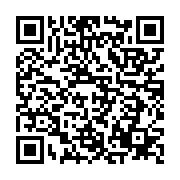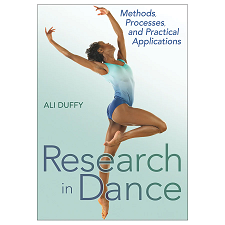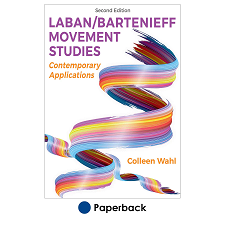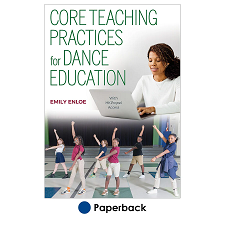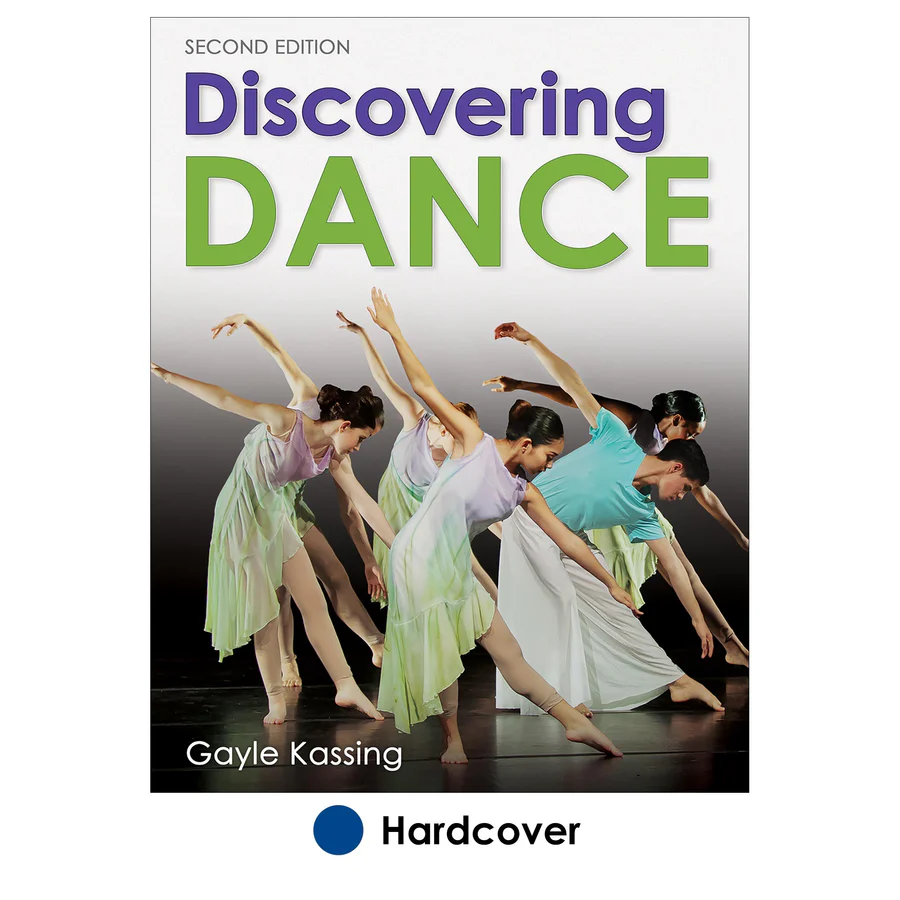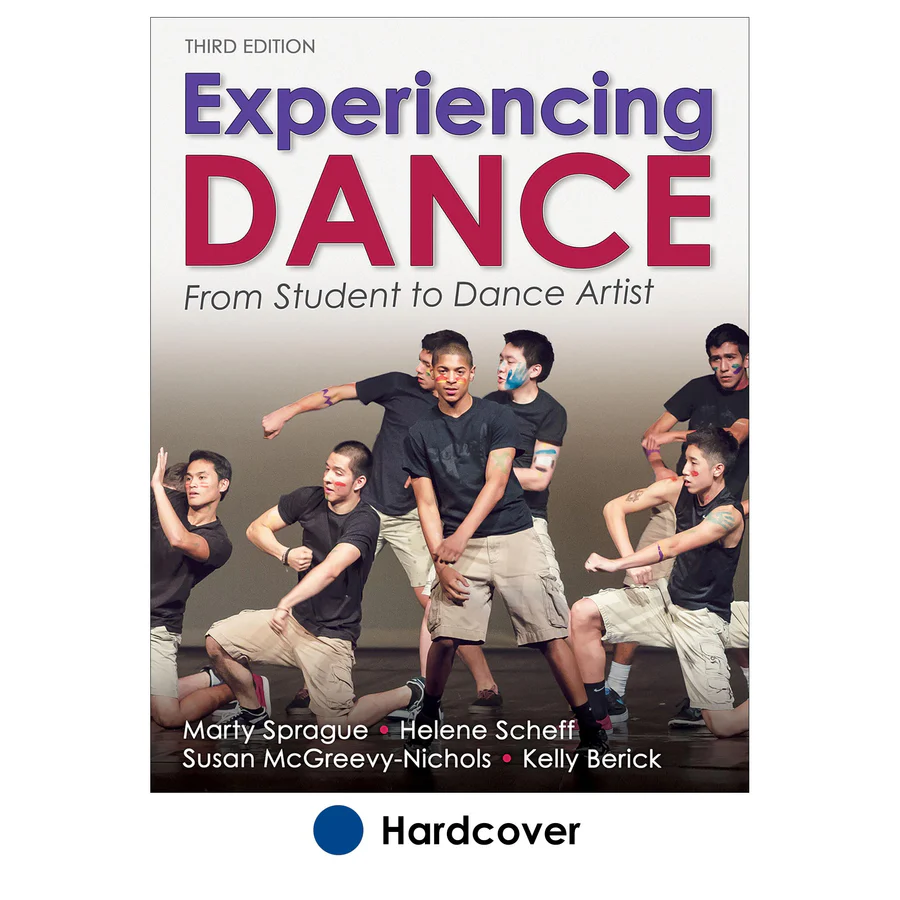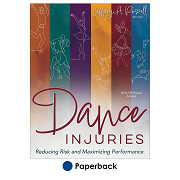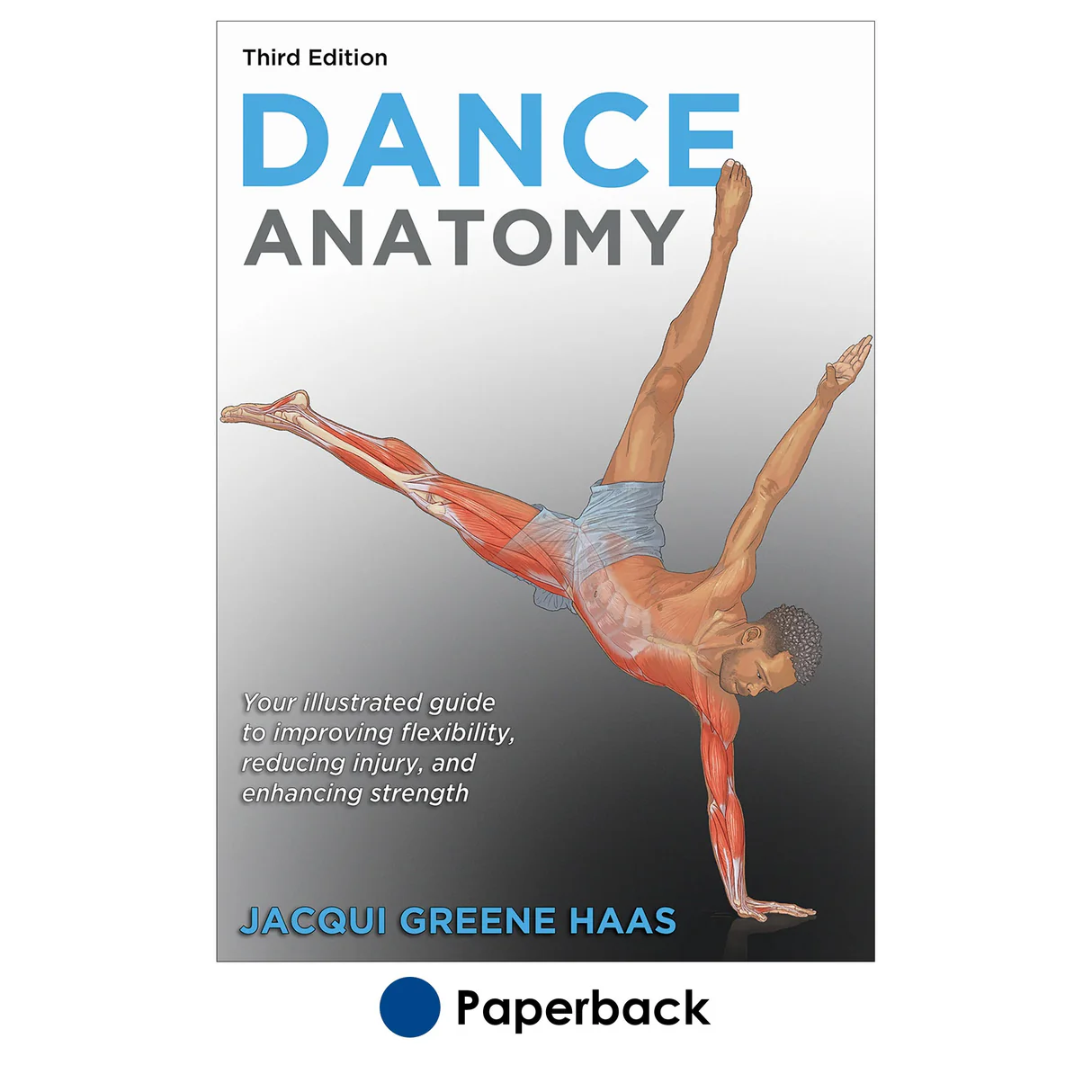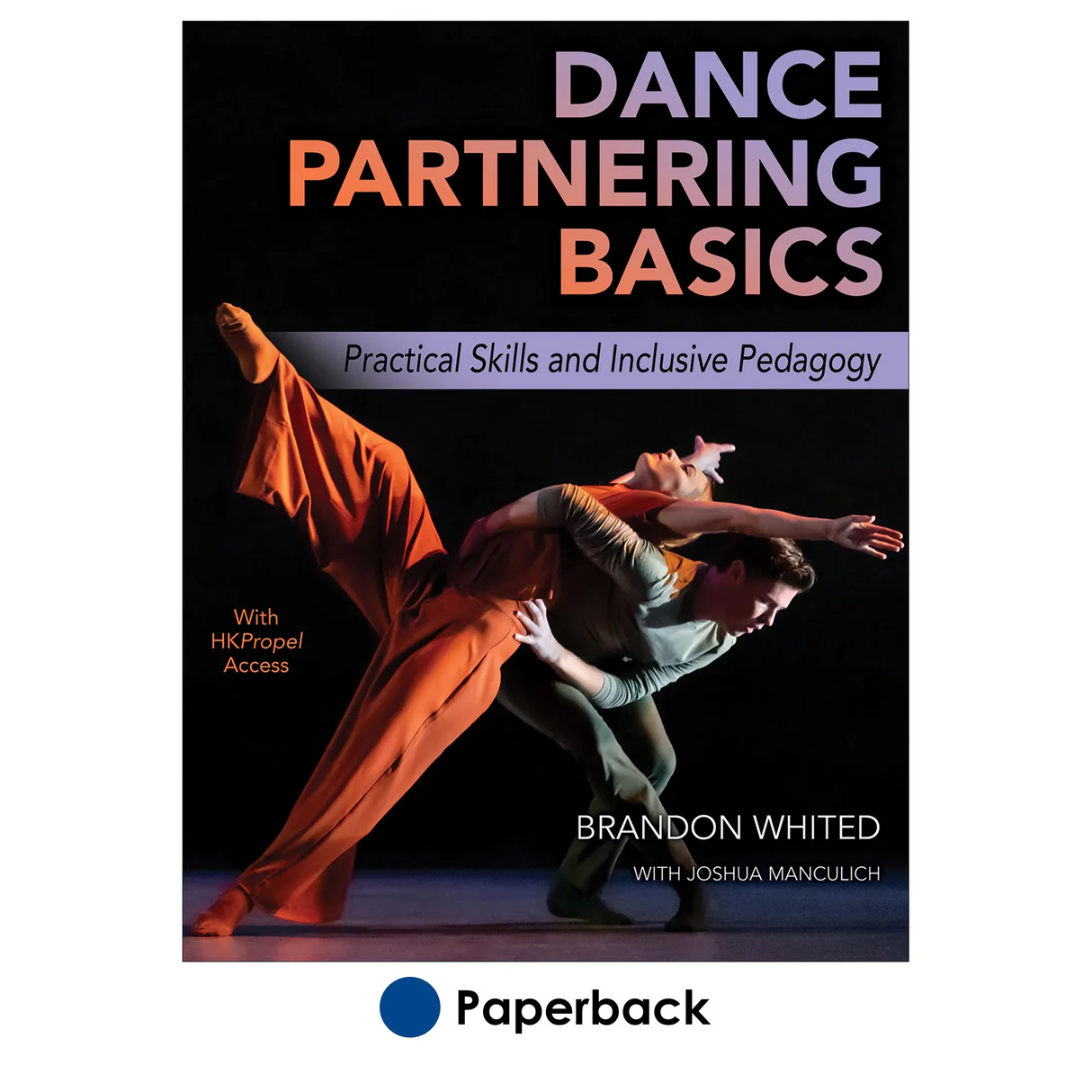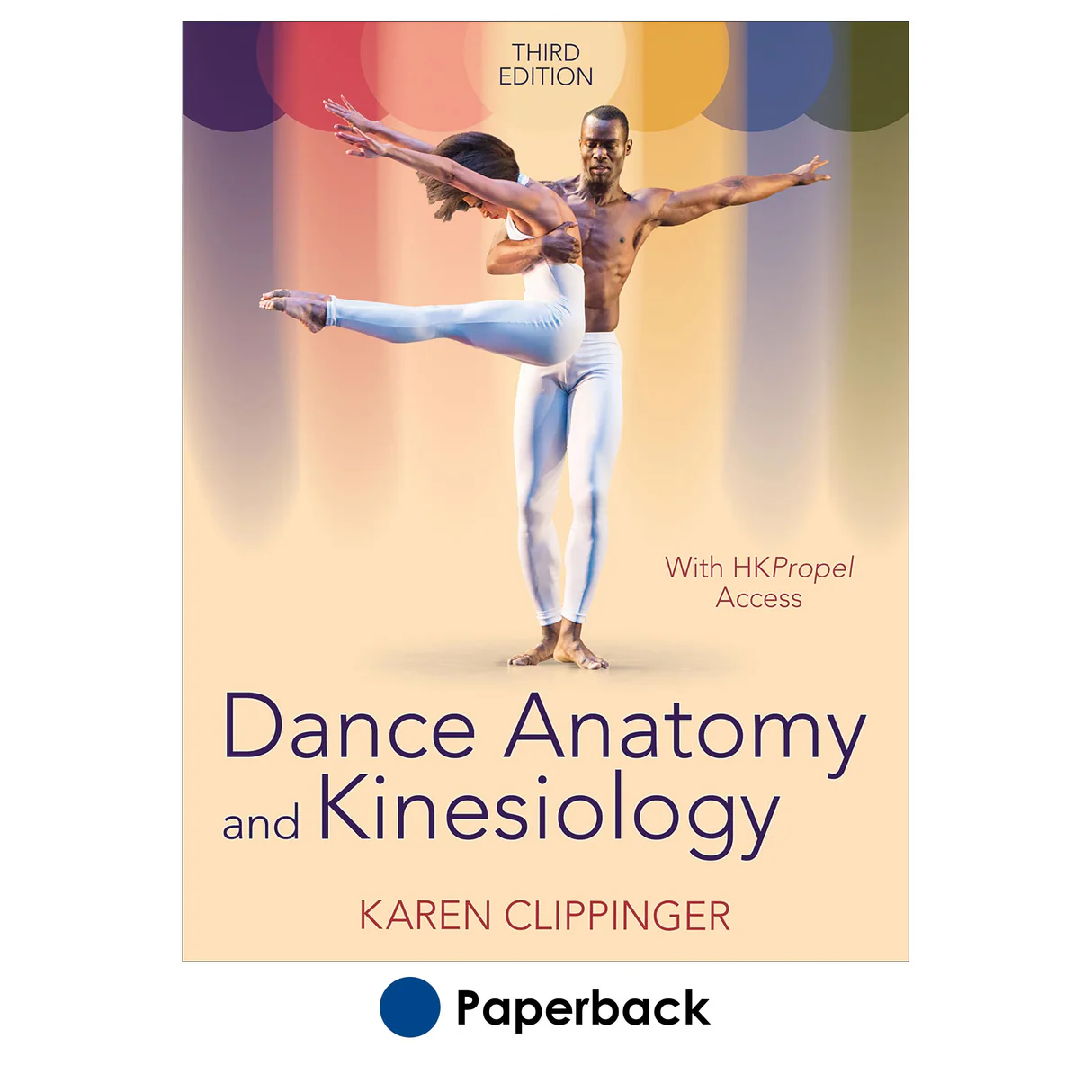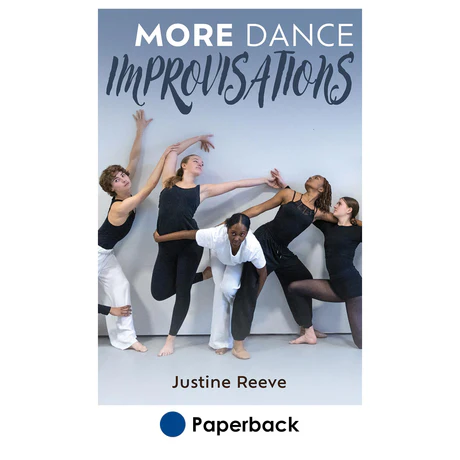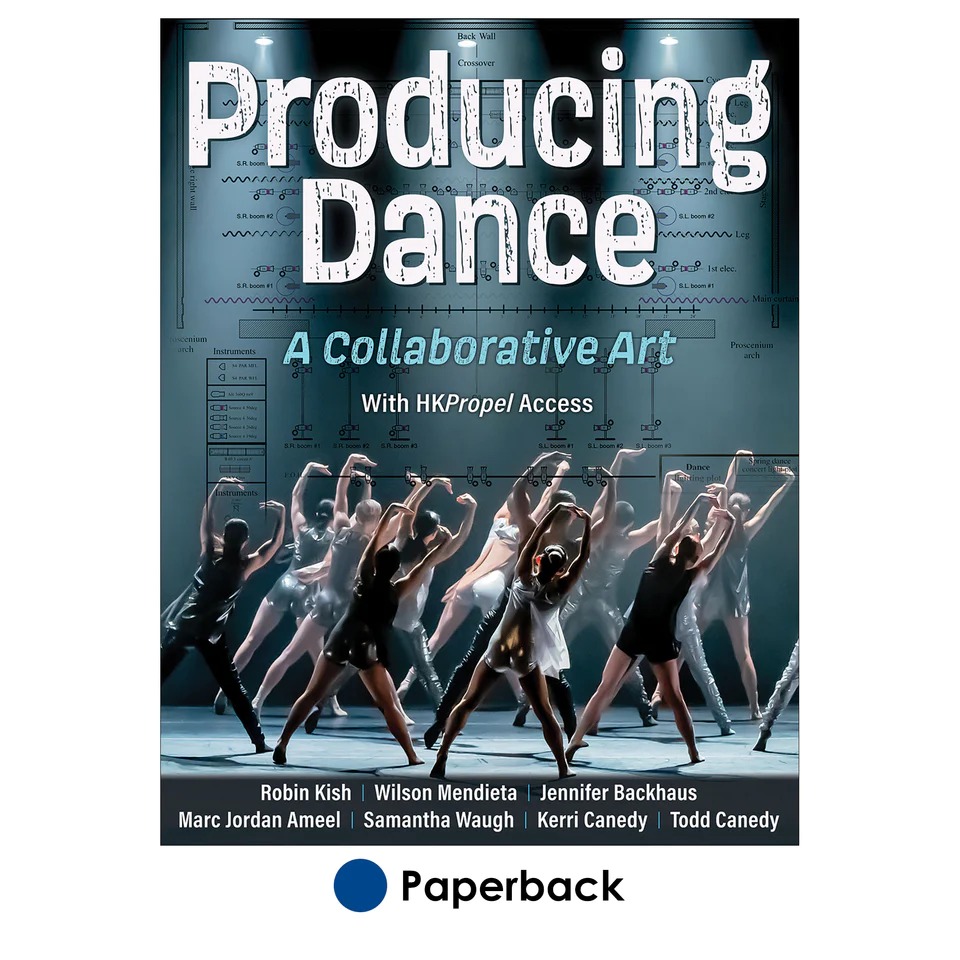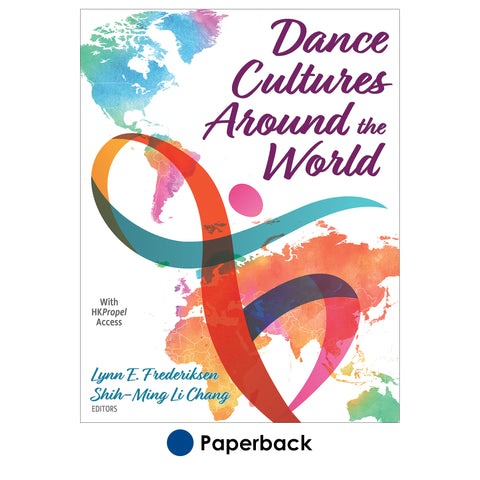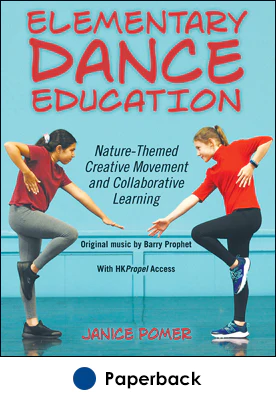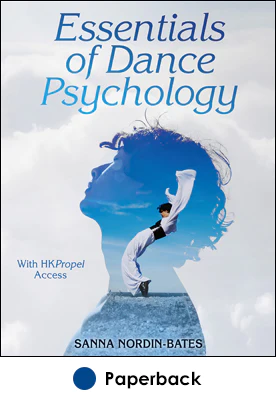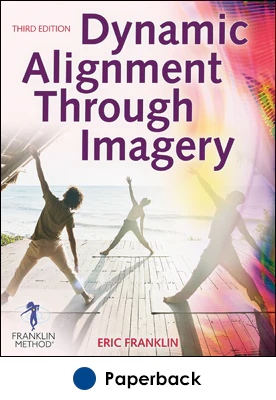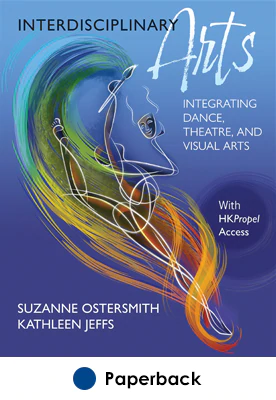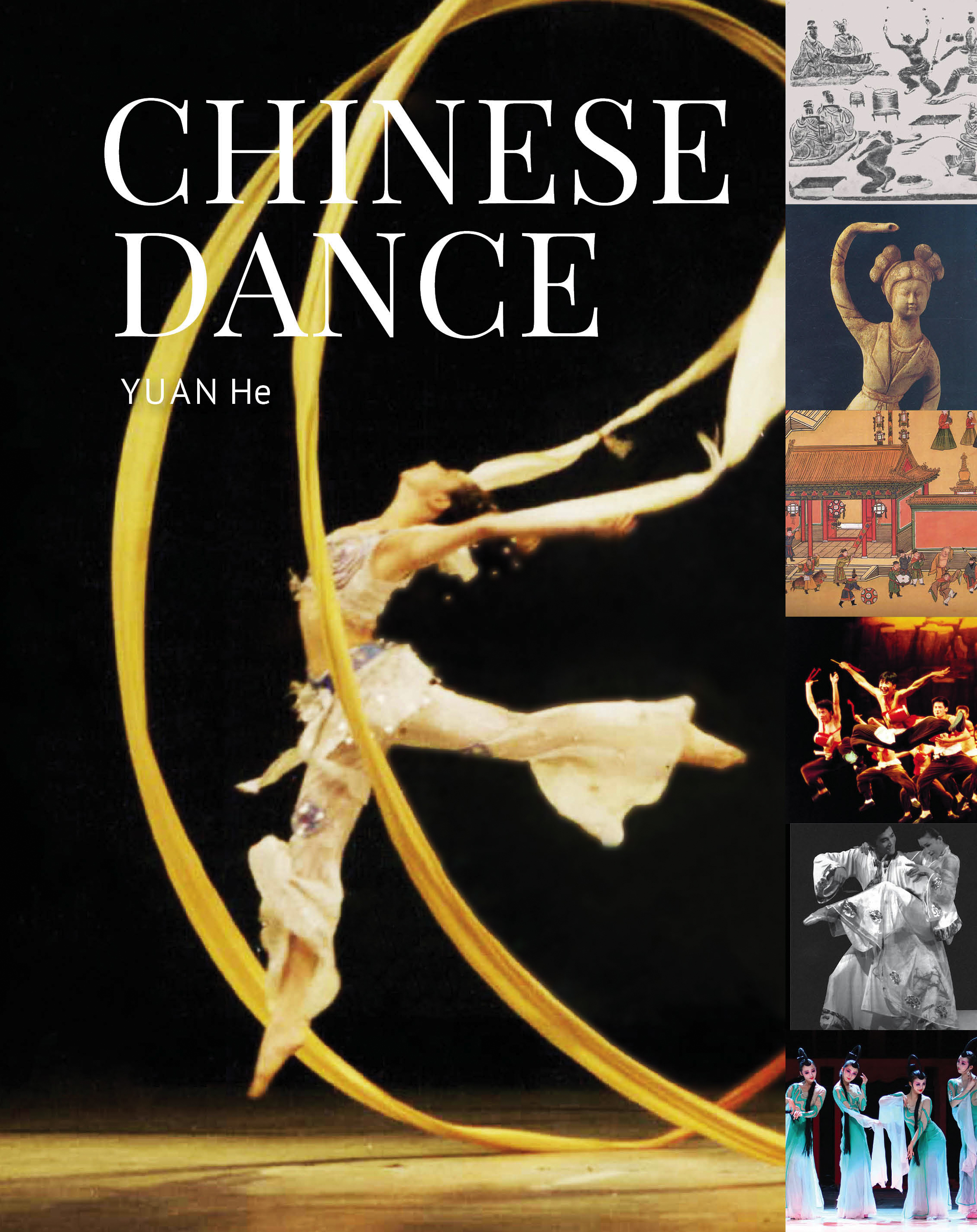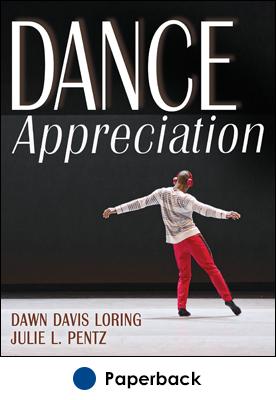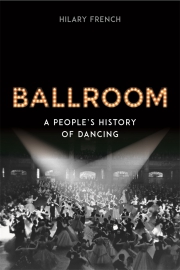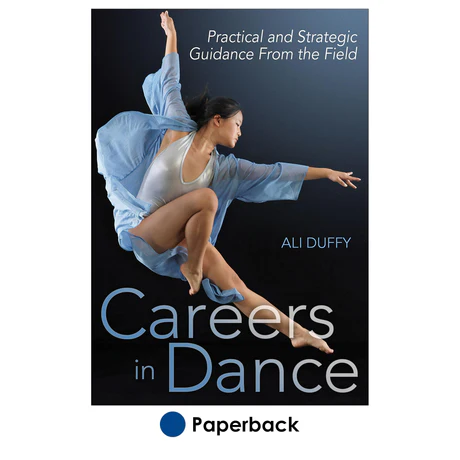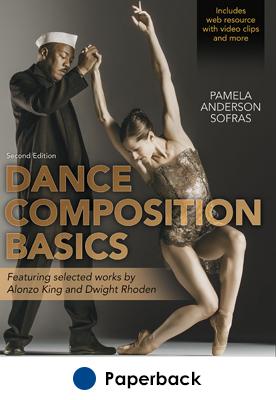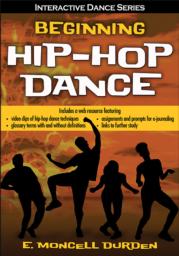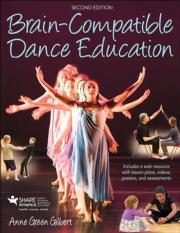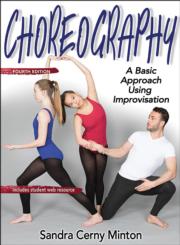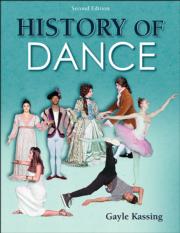Dance research is an ever-growing field, with many opportunities for dancers to shed light on the sophisticated ways dance affects and changes lives. Research in Dance offers new and insightful information for dance researchers at all stages of their learning and inquiry. In addition to serving as a foundational text for new researchers, it brings forward innovative concepts and strategies intended for those dance researchers already experienced in qualitative or arts-based inquiry.
There are few resources that delve into the specific purposes, methods, and processes of research in dance. As the first of its kind, this text addresses topics often overlooked by other resources:
Arts-based research approaches
Socially engaged research
Interdisciplinary research methods
Professional paths in dance research
Grant writing for research support
Dance researchers have many avenues to consider as they embark on sharing their discoveries. More than 50 academic journals and popular magazines focused on dance are available in print and online. There are many book publishers, stage producers, festivals, academic and professional conferences, and online platforms that also support dance research. Research in Dance explores philosophical frameworks and methodological approaches to assist the reader in the sharing of research. The text lays out practical, step-by-step guidance on selecting the best platform in which to present or publish a research outcome, and it offers guidance on preparing and submitting manuscripts and proposals.
There are few resources that delve into the specific purposes, methods, and processes of research in dance. As the first of its kind, this text addresses topics often overlooked by other resources:
Arts-based research approaches
Socially engaged research
Interdisciplinary research methods
Professional paths in dance research
Grant writing for research support
Dance researchers have many avenues to consider as they embark on sharing their discoveries. More than 50 academic journals and popular magazines focused on dance are available in print and online. There are many book publishers, stage producers, festivals, academic and professional conferences, and online platforms that also support dance research. Research in Dance explores philosophical frameworks and methodological approaches to assist the reader in the sharing of research. The text lays out practical, step-by-step guidance on selecting the best platform in which to present or publish a research outcome, and it offers guidance on preparing and submitting manuscripts and proposals.


